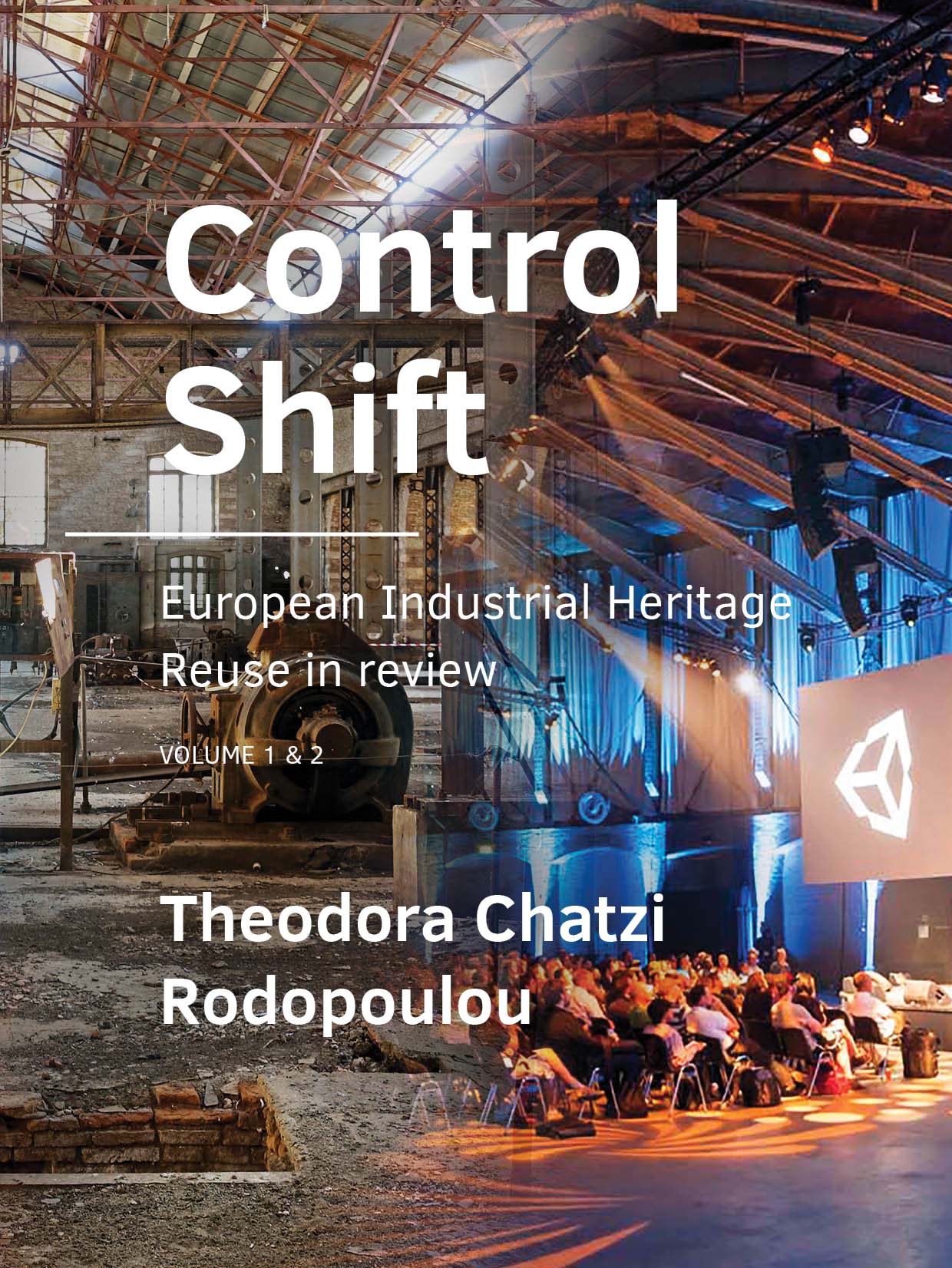Control Shift
European Industrial Heritage Reuse in review
DOI:
https://doi.org/10.7480/abe.2020.13.5195Abstract
The legacy of industrialisation counts only a few decades of being accepted as cultural heritage. The change of perceptions over its connotation and significance, from a menace to historic landscapes to an outstanding historical resource, took place in an era of massive sociocultural and economic upheavals. Those far-reaching developments reshaped both the theory and the practice of heritage conservation.
Since the 1970s, new conservation approaches started emerging and being employed, next to the long established strategies of preservation and restoration. Adaptive reuse was included in the repertoire of conservation and quickly gained ground, as a strategy which allowed both the preservation of heritage values and sustainable development. The incorporation of adaptive reuse as an alternative conservation approach marked a noteworthy shift in heritage care. Contemporary conservation seized aiming at the prevention of change. Instead, it embraced it, following the new axiom: ‘Managing change’.
This dissertation, positioned in the crossroads of the heritage conservation, architectural and spatial planning fields, focuses on Industrial Heritage Reuse practice in Europe. Despite widely employed in the last half century, Industrial Heritage Reuse still remains particularly challenging and highly confusing, hiding internal and external risks. Those resonate from the conditions of present times, the ambiguities of the contemporary framework of conservation, the embedded dilemmas of the Reuse practice as well as from the particularities of this special heritage group.
This vastly complex yet fascinating topic has not yet been studied holistically under the circumstances dictated by the contemporary era. A deeper and broader understanding of the practice has assumed greater urgency in the 21st century, as it is the stepping stone for the enhancement of the practice -a demand that is increasingly stressed by academic and professional circles.
The aim of this dissertation is to explore the potential of enhancement of the Industrial Heritage Reuse through the identification and analysis of its influencing Aspects, under the light of the contemporary theoretical conservation concepts, the current demands of the field of practice and the rising challenges of the 21st century context.
This research addresses a topical issue, drawing from the concepts of the contemporary theory of conservation, challenging outdated theoretical notions and conventional practical and methodological applications. Furthermore, it sheds light to a hazy and confusing subject, addressing the tensions and the unresolved issues, highlighted by the existing literature on multiple disciplines. It revisits and reinterprets the standing axiom ‘Managing Change’, providing the scientific community with missing answers on the way, the Actors and the criteria based on which this can be achieved. Drawing upon both theory and practice on an international level, this inquiry gives a holistic and multileveled view on the subject under investigation, stimulating further thought and debate.
Apart from extending the academic body of knowledge, the intention of this doctoral research is also to become a useful springboard for the practitioners that engage with Industrial Heritage Reuse. In order to achieve that, this dissertation presents an international and retrospective review of Industrial Heritage care, allowing experience drawn from one country to inform approaches on safeguarding via Reuse on other countries. Furthermore, it offers inspiration and raises awareness through the ‘ReIH’ online knowledge platform (http://reindustrialheritage.eu/projects) and the analysis of twenty cases studies of best practice. Lastly, taking into account the pressing issues of sustainability, equality and multilateralism, it offers guidance, providing a much needed alternative framework for the conservation of Industrial Heritage. This framework is capable of practical implementation and can contribute to an enhanced, more responsive, more sustainable, more inclusive, more value-driven and more holistic practice.

